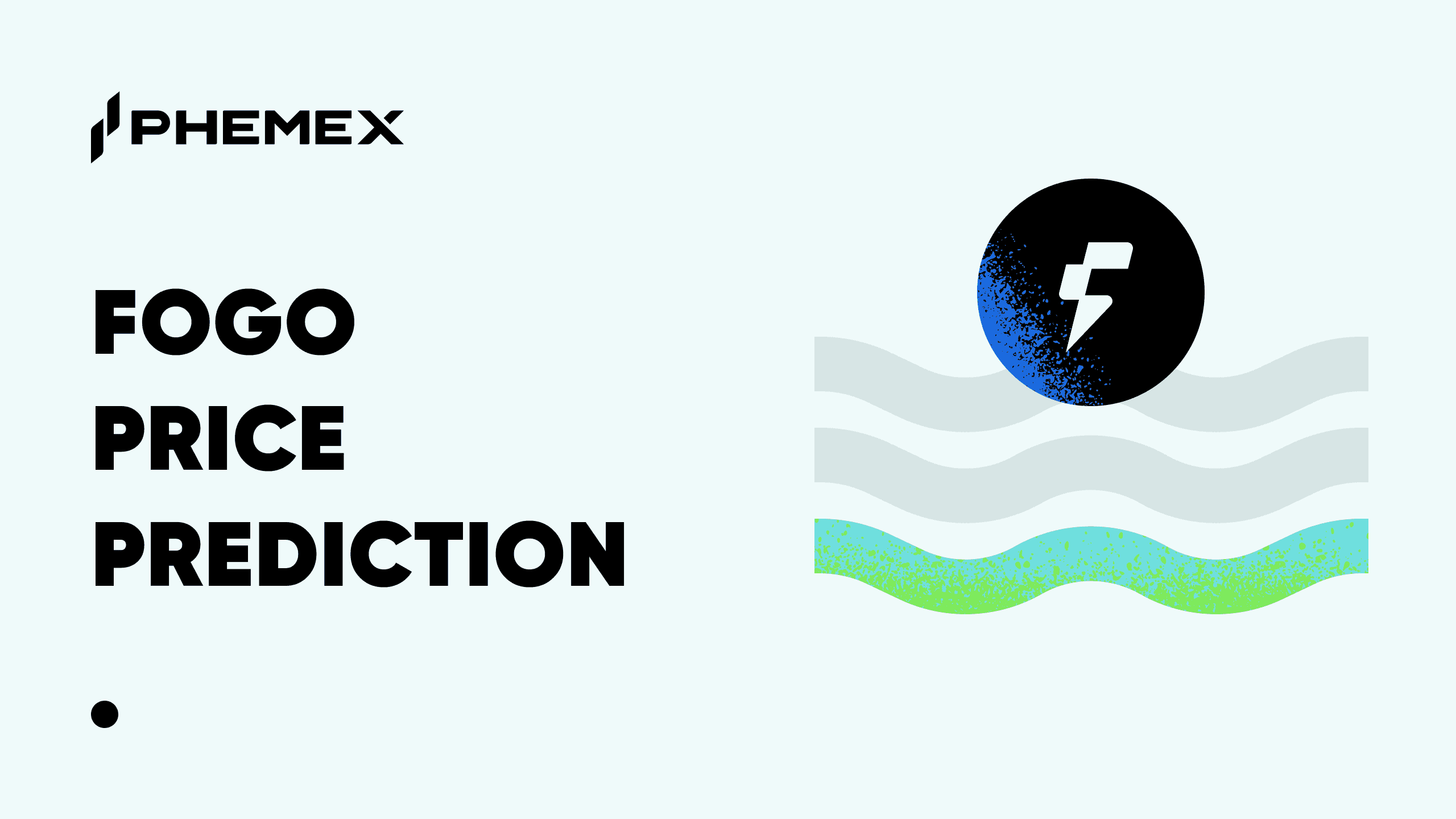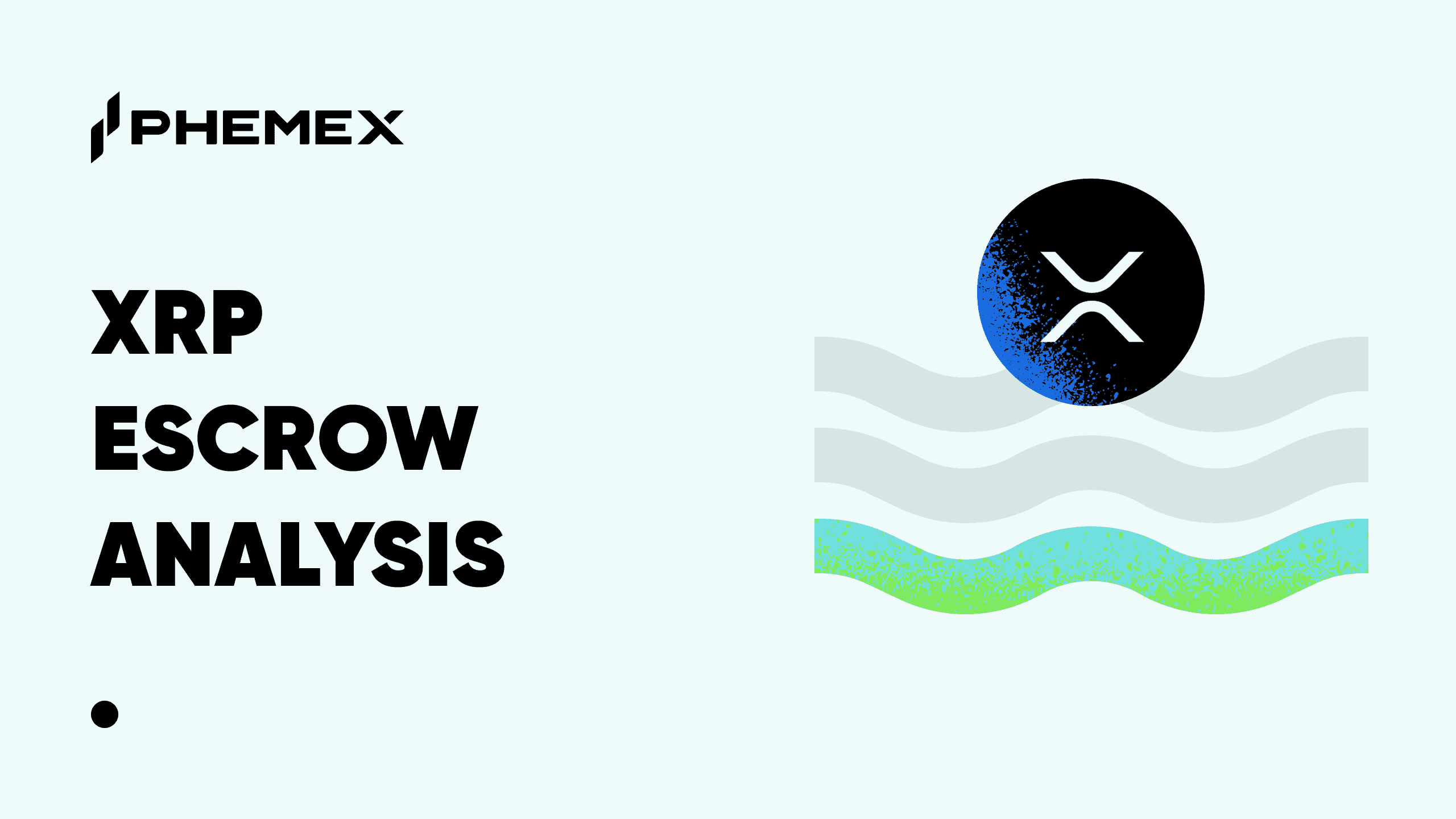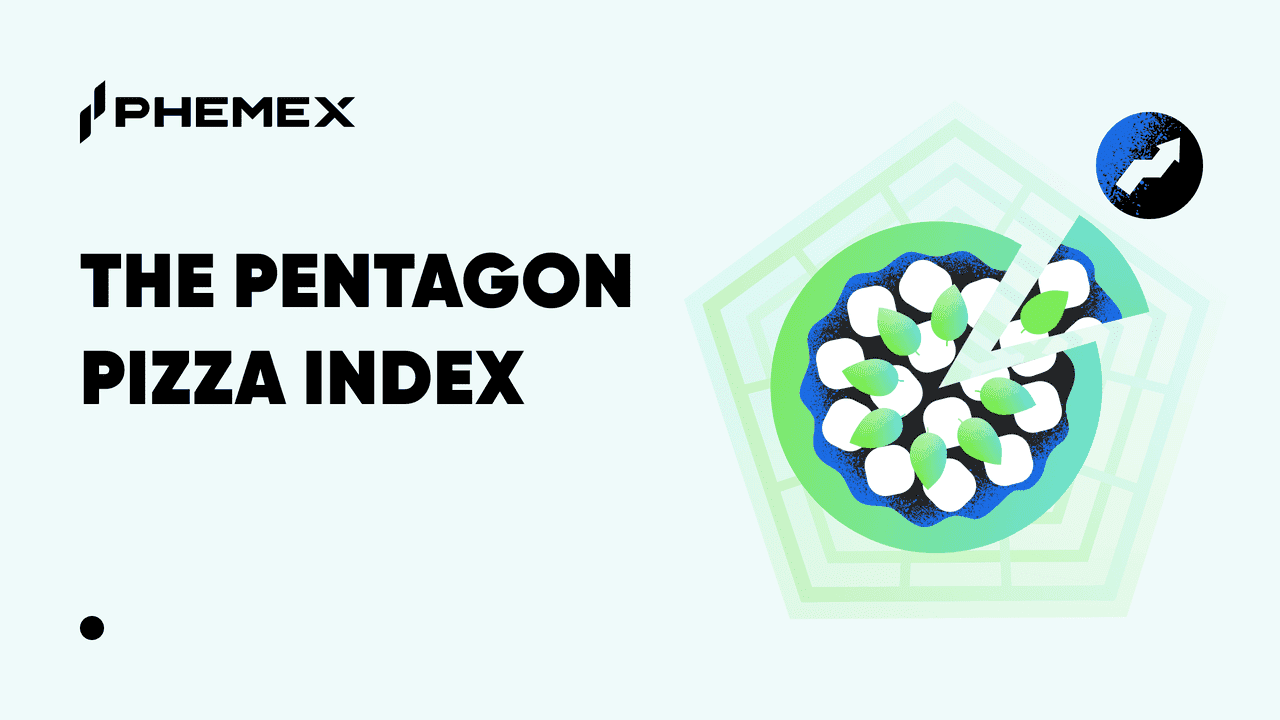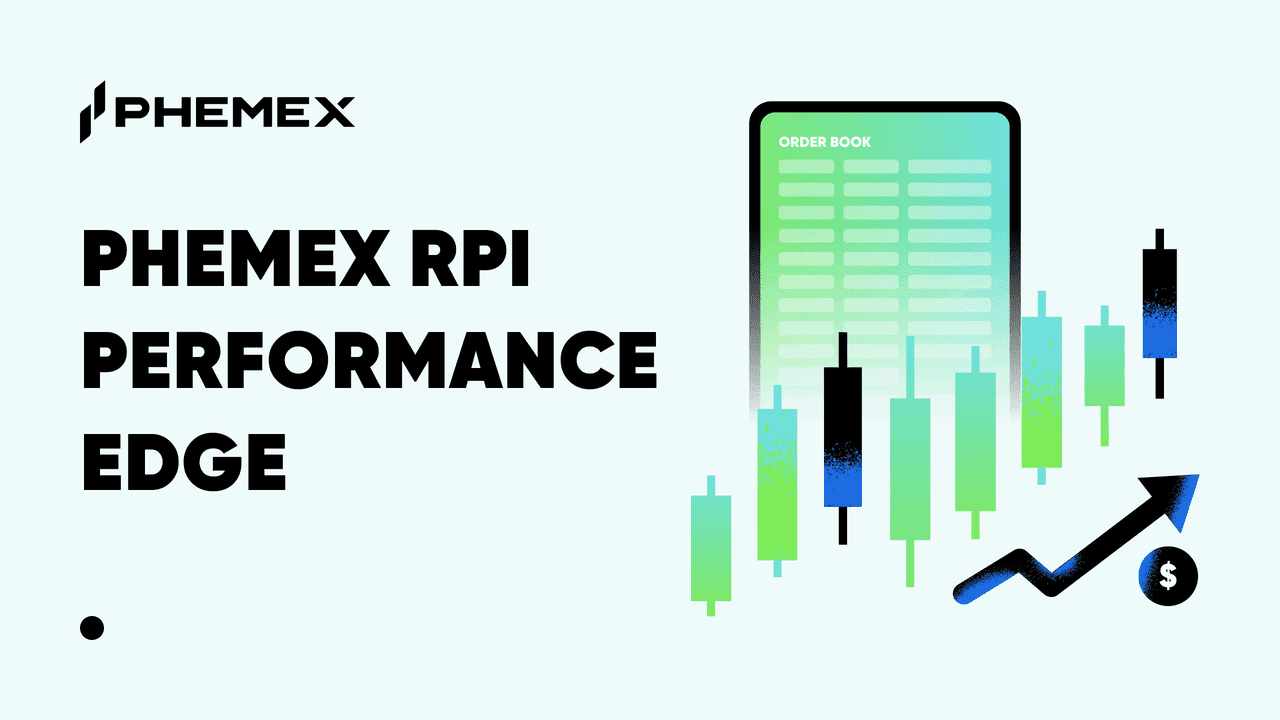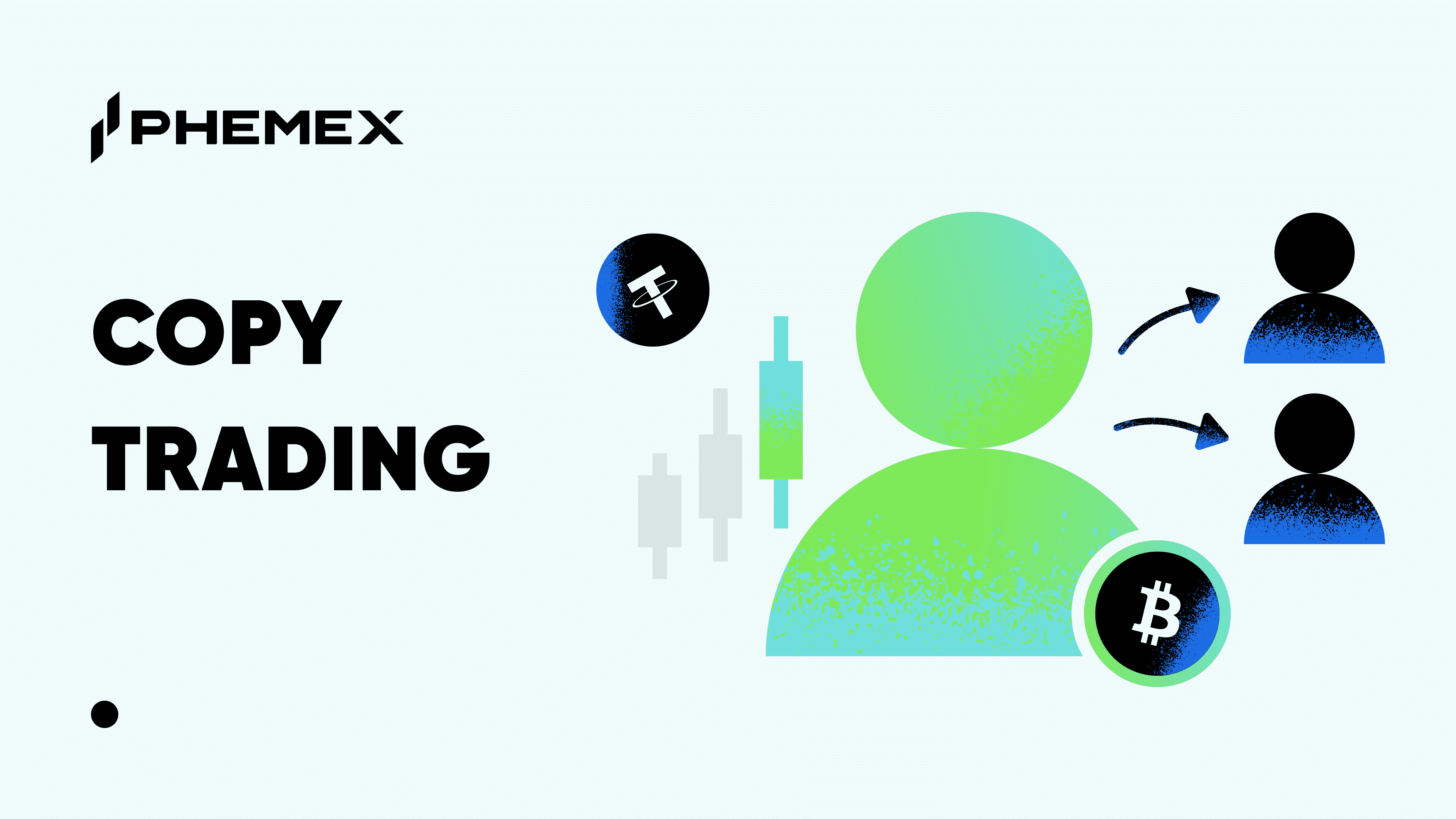Bitcoin’s recent breakout of its nearly 2-month sideways price action has raised the prospects of another looming bull market. DeFi’s explosive growth has already drawn comparisons to the mania of 2017, but the crypto market is decidedly different this time around.

The broader crypto market has been aggressively building financial infrastructure for the last 3 years. The result? Better fiat on-ramps, a progressively competitive exchange landscape, projects with actual products, major custodians, institutional interest, and of course, a rapidly surging derivatives market ranging from options to perpetual swaps.
The derivatives growth has been especially impressive in 2020 despite the Black Thursday flash crash on March 12th. There’s currently more than $4 billion in aggregated open futures interest for BTC alone, and a sundry of altcoin derivatives products are popping up seemingly every day.
It’s now evident that the last few years of bear markets and price chop have proved a valuable time for building out the necessary plumbing of an alternative financial system. The industry shouldn’t rest on its laurels though; there’s plenty of work to be done before mainstream adoption. So, what’s the derivatives market currently missing?
It depends on who you ask, but there is some agreement on the major pieces missing from the puzzle.
First, What Does the Crypto Market Do Well?
Before diving into what’s missing in the crypto derivatives market, it’s important to iterate through what the market does well. And most of that can be enveloped into a single broad stroke term — innovation.
Crypto derivatives, particularly the enormously popular perpetual swap contract, are making strides in areas that have been long overdue in legacy markets. The funding rates mechanism was just the tip of the iceberg.
Peruse some of the major derivatives platforms today and you’ll find cross-margin collateral in stablecoins, BTC, and other crypto assets. You’ll discover increasingly liquid altcoin perps (like on Phemex), clever tinkering with liquidation engines, and the intersection of decentralized finance (e.g., DEXs) with centralized order books. Leverage up to 100X is a staple of most of the liquid exchanges, and leveraged tokens even enable margin positions tradeable in ERC-20 tokens across venues. Interfaces plug into both DeFi and CeFi markets, and options open interest for BTC and ETH are soaring to ATH’s at the time of writing.
Throw in the notion that several epochs of complete wipeouts of open interest (particularly March 12th) have made market participants warier of over-leveraging than times in the past, and the markets appear healthy. In fact, BTC likely has never been this healthy at an $11K valuation before.
Without the legacy shackles, crypto exchanges and DeFi projects (e.g., Phemex, dYdX, Synthetix, etc.) are pioneering the financial world’s grand foray into open networks. To say the future potential of crypto derivatives is compelling is an understatement.
However, some of the industry’s greatest advantages are a dual-edged sword.
What’s Missing from the Derivatives Market?
One of the most obvious dual-edged aspects of the crypto derivatives market is regulation. Many of the centralized derivatives exchanges today are incentivized to base their operations in obscure foreign locales to avoid the ire of Uncle Sam and the US regulatory reach.
The positive side is that a geographically fragmented and regulatory arbitrage between exchanges has sparked a hotbed of innovation — tinkering away with sophisticated products that would likely be much less amenable under strict regulatory apparatuses. The negative side is that there is a distinct lack of unified regulation, which not only precludes many investors from derivatives markets in general but makes the entire market more convoluted and risky to larger institutional participants.
The idea of self-regulation has been floated among derivatives exchanges, but there are still pillars of an alternative financial system that would have to manifest first.
In particular, the elephant in the room is the lack of central clearinghouses for the derivatives market. Clearinghouses are the backbone of legacy financial derivatives markets, encompassing member brokers, exchanges, and massive amounts of capital securing markets from systemic risk in times of turmoil.
Without clearinghouses, the upper bound of capital inflows to derivatives infrastructure will be handicapped. Fortunately, it’s a well-known problem, and something that will probably arise as one of the foremost concerns for major exchanges should recent market excitement (e.g., DeFi) spark another major bull run. Capital will pour into the market should anything resembling a repeat of 2017 happen.
Another missing component of the crypto derivatives market is actually one that is currently undergoing its nascent phase — non-custodial integration into centralized exchanges.
Derivatives investors are clearly inclined to follow the liquidity in markets, which is currently dominated by centralized exchanges (CEXs). Liquidity begets liquidity, so it’s not surprising that CEXs continue to accumulate most of the derivatives volume compared to their DEX counterparts like dYdX that face liquidity and performance limitations. However, the non-custodial offerings of DeFi platforms are alluring for many early crypto proponents who are wary of the security risks of centralized exchanges having seen the littered trail of hacks from Mt. Gox to CoinCheck.
It’s in the best interest of CEXs to work with some emerging DeFi projects porting non-custodial bridges into CEX systems. Users want non-custodial wallets and trading opportunities. If CEXs can successfully incorporate self-custody solutions into their platforms, then we can expect more fluid capital movement between CEX venues, DeFi platforms, and investor wallets. That’s a net positive for the industry, not just CEXs.
As DeFi projects and CEXs toil with new methods of incentivizing liquidity (e.g., liquidity mining), expect some exciting solutions to the crypto derivatives market’s problems ahead.
Time will ultimately prove the solution to the market’s missing puzzle pieces. Since the crypto derivatives market has demonstrated a penchant for innovation at an impressive clip, we think the necessary beginnings of what crypto markets are missing will arise within the next few years, if not sooner. Just don’t blink.
Read More
- What are Crypto Derivatives & How do they Work?
- What are Crypto Derivatives: Most Popular Bitcoin Derivatives Explained
- What is Contract Trading: How to Trade Crypto Derivatives on Phemex
- July Crypto Market Analysis
- What Is DeFi: How To Be Your Own Bank With $100
- https://phemex.com/academy/defi
- What is Cryptocurrency & How It Differs From Digital Cash
- What are Crypto Options & How do They Work?





